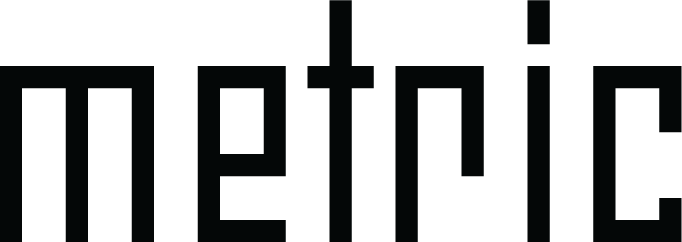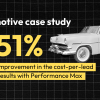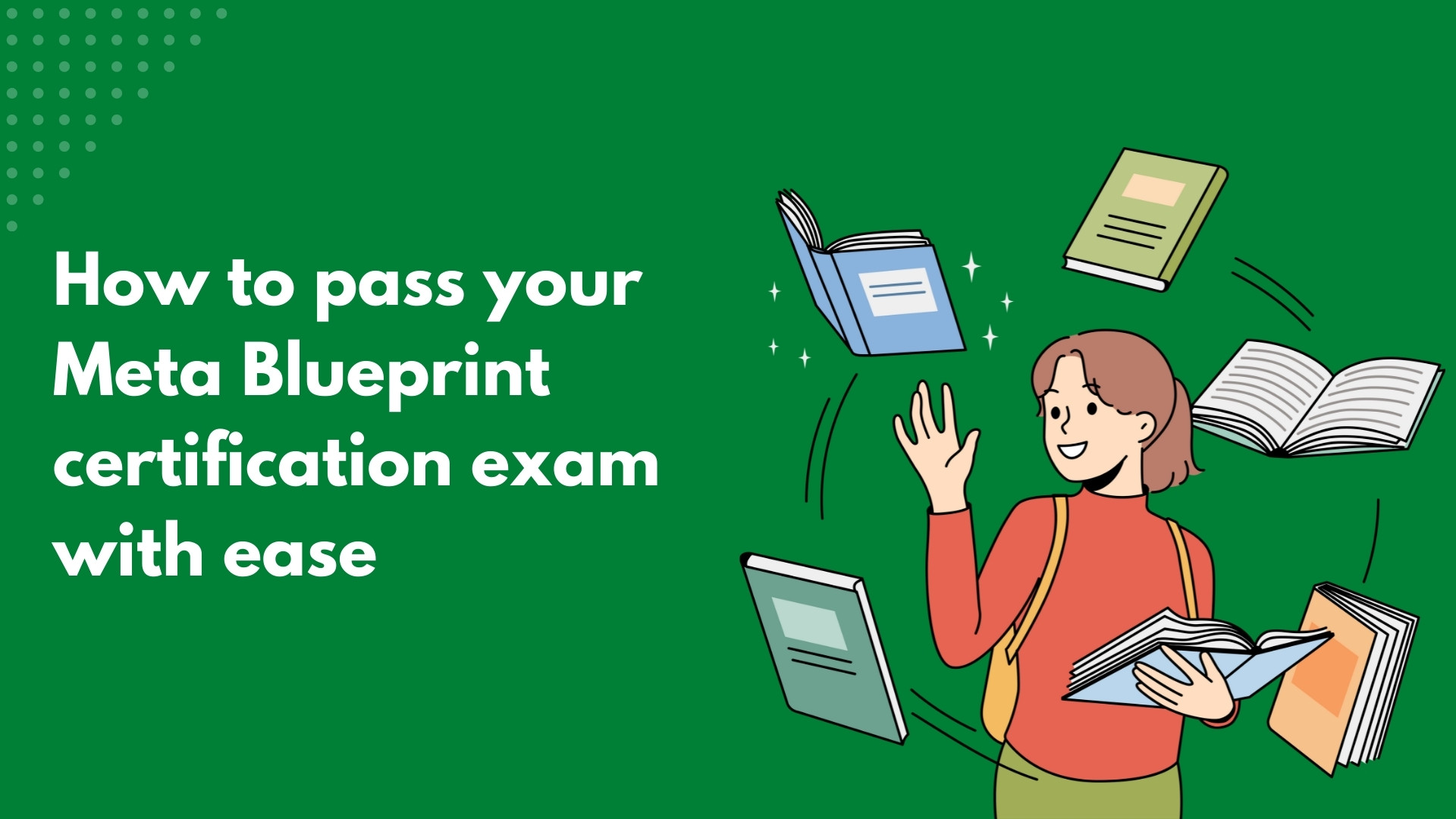
Meta Blueprint, formerly known as Facebook Blueprint, is a knowledge resource hub that helps students, small businesses, digital agencies, and brand marketers learn about Meta products and technologies and demonstrate their proficiency by passing certification exams.
Contents:
Which is the right certificate for me?
The right certificate depends on your current job role and your future career aspirations. The Blueprint website provides detailed explanations of each certificate so that you can determine which one best fits your profile and goals. Please read these descriptions thoroughly before signing up and paying for the exam.

100-101 Certified Digital Marketing Associate
If you have never run Facebook or Instagram ads, this is the best certificate to pursue.
This specialty will help you understand the fundamentals of creating and managing campaigns across Meta’s platforms and technologies.
This exam is perfect for
- Entry-level brand marketers and junior employees at digital agencies
- Individuals who have recently made a career change and who want to land a job in digital advertising
- Students
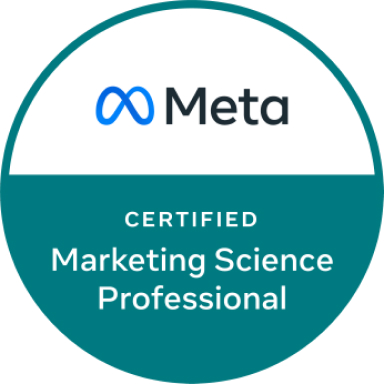
The 200-101: Meta Certified Marketing Science Professional
This exam will test how well you can apply your knowledge of advanced statistics to create test campaigns, provide the best measurement methodologies and recommend the right KPIs, and much more.
This exam is ideal for
- Brand and agency marketers with at least 3 years of experience in a role that requires a deep understanding of statistics, research methodologies, and data analysis.
- Data scientists
- Marketing research consultants
- Media analysts
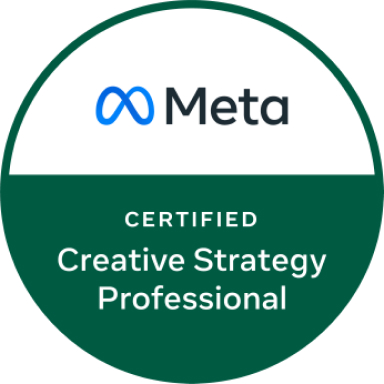
300-101 Meta Certified Creative Strategy Professional
This exam is ideal for the more creatively-inclined professionals. You will need to demonstrate that you know how to effectively design and deploy creative assets across Meta technologies.
This exam is ideal for
- Designers working at an agency or a brand
- Marketers who are involved in the creative briefing process
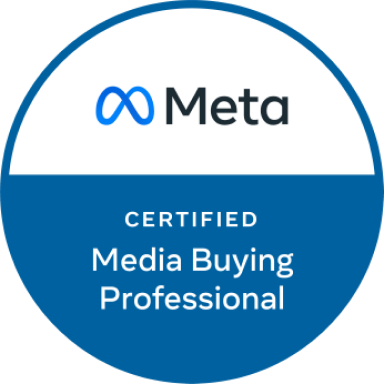
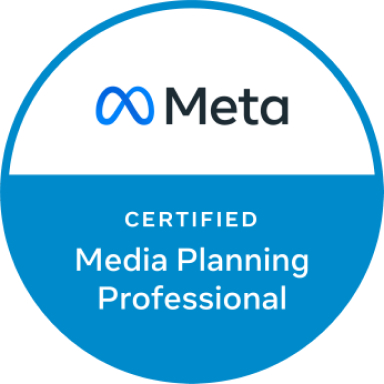
400-101 Meta Certified Media Planning Professional and 410-101 Meta Certified Media Buying Professional
There is some overlap between these two certificates, so we recommend taking them both. The first exam will measure whether you can design campaign strategies, and pick the right business and media KPIs. For the second exam, you will need to demonstrate your knowledge of the tools and best practices for campaign management and optimization.
These exams are best suited for:
- Agency employees who work in roles that require the creation, management, and optimization of campaigns across Facebook, Instagram, and other Meta ad products.
- Marketing executives whose brands have a significant digital ad spend
The Media Buying Professional certificate is a prerequisite to earning the Discovery Commerce Specialist badge.

500-101 Meta Certified Marketing Developer
The first thing to note about this exam is that there is a 60-minute coding assessment. This indicates the exam is quite heavy on the technical side. You will need to demonstrate your knowledge of Meta pixel, product catalogs, advanced matching, and much more.
This certificate is a prerequisite for pursuing two other certificates:
- Meta Mobile Ad Technical Specialist
- Advertising API Specialist.
This exam is ideal for
- Front-end developers and engineers
- API developers
- Website developers
- Technology consultants, integrators, and partner managers
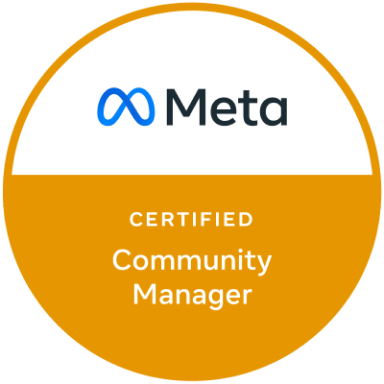
600-101 Meta Certified Community Manager
This exam will test your understanding of building and scaling online communities across Meta technologies. You will need to demonstrate your knowledge of platform policies and regulations as well as best practices related to community management.
This certificate is perfect for
- Community managers
- Marketers whose brands depend on community interactions
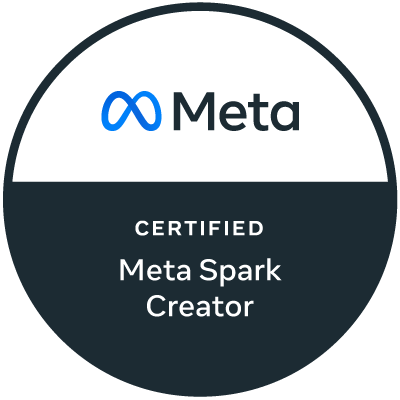
700-101 Meta Certified Spark AR Creator
This exam is relatively new. Its goal is to test your knowledge and capabilities in designing and creating augmented reality experiences using the Spark AR platform. This exam also has a number of qualification requirements:
- Successfully published at least three (3) Spark AR World effects using Plane Tracker and Target Tracker.
- Advanced mastery of Spark AR Studio functionality and features, including basic JavaScript or scripting competency.
- Knowledge and understanding of Meta processes and policies to successfully publish effects.
This certificate is ideal for
- 2D and 3D artists who want to create Augmented Reality content
- Game developers who wish to create AR and Metaverse experiences
- Software engineers who have an interest in new experiential technologies
How to effectively study for the Blueprint exam
Take it seriously.
Obtaining a Meta Blueprint certificate is more difficult than completing other comparable programs.
Our first piece of advice is to take it seriously and to give yourself enough time before registering for an exam.
Furthermore, exams cost between $99 and $150, so it is crucial that you feel confident in your knowledge before making the investment. Please remember that you will need to retake your Blueprint certificate exams every year.
Luckily, Meta has put all the learning resources you’ll need to pass the exams in one place!
If you are very new to Meta’s platforms and technologies, you can start with the free courses.
These free, self-guided courses can help you build confidence before pursuing the core learning resources for the exam.
If you are not in a rush to get certified, if you already have a Blueprint badge, or if you just want to learn about a topic in more detail, there are several great resources that are perfect for you.
It’s worth exploring the virtual instructor-led training. These webinars usually cover specific topics in more depth and provide information that goes beyond the requirements of the exam. Luckily, the recordings from past sessions are freely available.
There are also virtual meta certification prep classes and focused virtual instruction sessions that you can use in your learning journey.
The more technical certificates will also provide training documentation and self-paced coding exercises.
Having said this, the resources that have the best ROI in terms of outcome versus time invested are the online courses, study guides, and practice tests. These are practically mandatory for anyone who wishes to pass their exams hassle-free.
Go through the online courses.
The online courses cover all the topics that you will see in your exam. Thus, it is vital to go through each lesson.
Even if you have experience with managing Facebook and Instagram campaigns, please don’t underestimate this learning resource. One of the downsides of the learning by doing concept is that you can miss some of the fundamental principles.

Meta Blueprint Courses
Many of the chapters feature either fictitious or real-world case studies to help you contextualize the information from the lesson.
Each chapter concludes with a knowledge check. These are rather easy questions, but it’s recommended that you try to get them right.
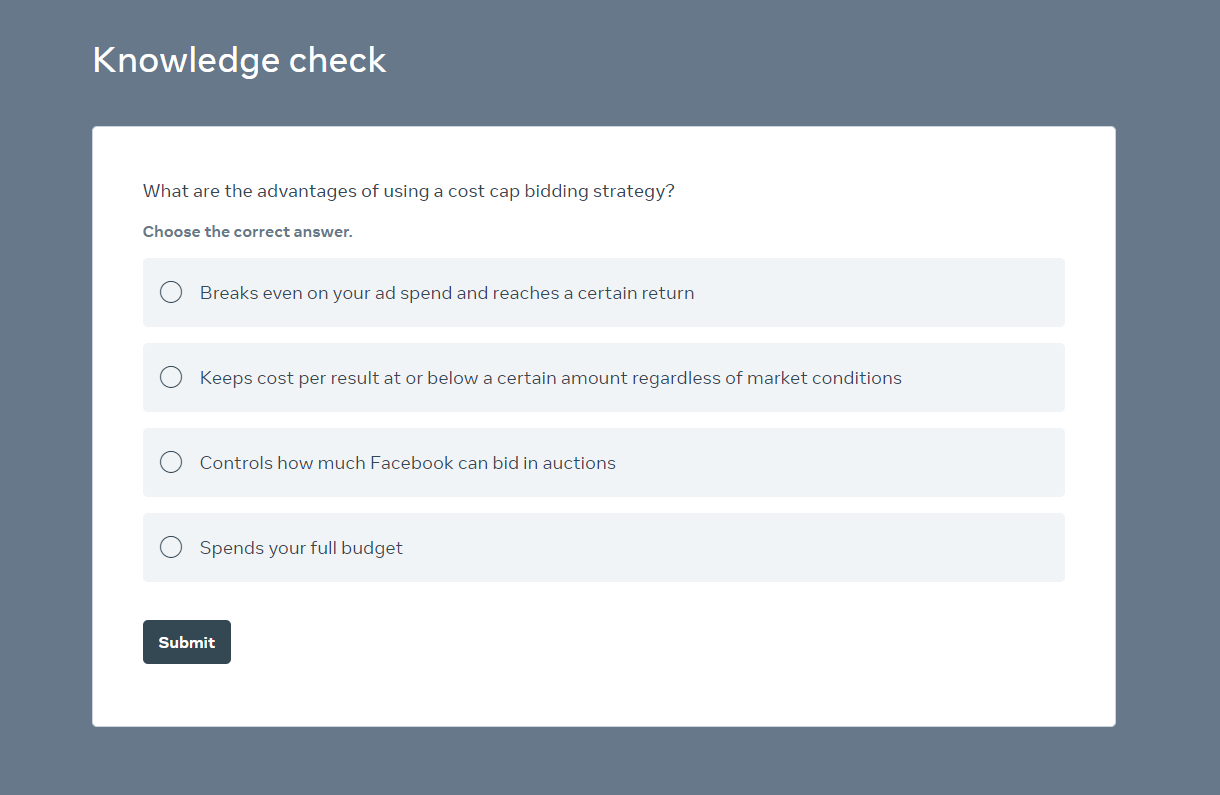
Example of a Knowledge Check Question
Do the practice tests multiple times.
The practice tests are a great learning resource because they give you a taste of the real exam. You will see a mix of questions. Some of these questions will give you a hypothetical situation where you have to pick the right solution. The toughest questions will require that you do some number crunching.
It is highly recommended that you retake a practice test even if you’ve passed it successfully. Let a few days pass before doing that, though.
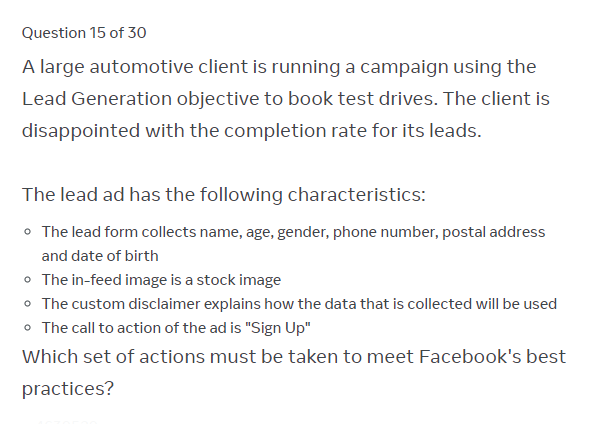
Perhaps, the most important thing to remember is that the questions in the real exam will be more challenging.
Read the study guide
The study guide is a document that contains the most important information that you need to know for your upcoming exam.
If you have limited real-world experience with Meta technologies and platforms, it is recommended to go through the glossary. This way, you will eliminate the risk of failing a question because of not understanding the terminology.
When you go through the study guide, there are 15 or more practice questions. These questions will help you test how well you’ve retained the information, so please do them diligently.
If you want to download the study guide so that you can print it, please avoid clicking on the “download” button on the page where the document is hosted.
Instead, open the embedded study guide and save that file as a PDF before printing it.
What we discovered while preparing for the Blueprint exam was that the file you download via the link can be different than the file that’s embedded on the page.
How to prepare my environment for the exam
Knowing the material is not enough to pass a Blueprint exam. You also need to comply with the testing requirements of Pearson VUE.
Computer and equipment
Make sure to thoroughly read the technical requirements of the test.
If you are using an office laptop, make sure to disable all VPNs, firewalls, and anything else that could disrupt your internet connection.
Don’t rely on a wireless connection, instead get an ethernet cable.
Make sure to run a system test using the computer that you will use on test day. If your webcam is old, try to get a laptop with a better one.
Technical issues are some of the most common reasons why people fail their Blueprint certification exam.
Testing space
The environment where you will be tested is important not just because you need a distraction-free place to concentrate, but also because it can inadvertently cause you to be disqualified.
You need to secure a place where you will be alone and there is little to no risk of someone barging into the room.
The place also has to be quiet. If there is excessive noise, your proctors may disqualify you.
We highly recommend that you close not just the door, but also any open windows.
Recently, one of our colleagues was taking the 410-101 Media Buying Certification exam. He decided to keep one window open for some fresh air. However, at the halfway point of the exam, it started to rain and the car traffic became more intense. So, there were too many distracting noises.
Our colleague asked the proctor if it was ok to close the window. The proctor replied that it was fine as long as he could see our colleague via the webcam.
So, our colleague had to carefully turn the laptop in such a manner as to ensure that he was in the frame as he walked to the window to close it.
Had he gone out of frame, he might have been disqualified.
A single open window disrupted his level of concentration and most likely cost our colleague at least 10 minutes.
Moving on, you need to pick a space that is well-lit and has minimal clutter. In terms of lighting, you need to consider whether you can rely on natural light for the whole duration of the test.
Clouds or other meteorological conditions can decrease the amount of light in your room and cause camera visibility issues. Fluorescent lights, on the other hand, can be distracting and hard on the eyes. So, pick your location carefully and try to ensure that you have adequate light.
Additionally, you need to make sure that your background does not interfere with the proctors’ ability to see you. So, don’t sit in front of a window or a glass partition to avoid the suspicion that somebody can see your screen.
We suggest scheduling the exam on Saturday or Sunday. This way you don’t have to worry about other urgent work-related tasks and deadlines.
If you don’t have a room in your home that matches the criteria of the test, you can use your office or book a conference room at a co-working center.
If you are using the office, a good idea is to place signs that indicate that a test is in session so that you avoid any excessive noise caused by your colleagues or the cleaning staff.
Photo identification
The exam onboarding process also involves photo identification. Don’t forget to bring an identification document that complies with Pearson VUE’s admission and ID policies.
The process is very straightforward but requires that you have a mobile phone with you to take photos of your identification document and your face.
How to increase your concentration & efficiency during the exam
Get there early
Pearson VUE asks you to check in at least 30 minutes before your exam is scheduled to start. However, we highly recommend that you get there at least 30 minutes before your check-in time. You might need the extra time to clean up your room, remove any clutter that’s on your desk, drink some water or grab a bite, and go to the bathroom.
Most importantly an extra 5 minutes to collect your thoughts could help you concentrate better.
Read the questions carefully
The toughest part of the exam is often the wording of the questions. This is especially tough for non-native English speakers.
Many questions contain hypothetical scenarios that can be difficult to comprehend for people who don’t live in the US. Luckily, Meta has made improvements and has reduced the number of questions that are challenging due to cultural differences.
The key to getting the right answer is to read the question and understand the business objective outlined in the hypothetical scenario, then remember the best practices shown in the learning resources.
For example, Meta says that automatic placements, Reach & Frequency, and Campaign Budget Optimization usually lead to more efficient performance. So, if you get a question about efficiency look for the answers that contain one of these keywords. However, you might have to pick between two answers that sound equally right, so just go back to the content of the study guide and remember Meta’s best practices advice.
Additionally, a lot of questions will revolve around the proper use of Lookalike audiences, bid strategies, and custom audiences. So, make sure to remember the best practices related to these Meta capabilities. And just in case, read up on the different learning resources that Meta offers because there might be questions related to Facebook IQ and Insights to Go.
You can reach out to the proctor in case of a technical issue
When you click on the chat button, the proctor will ask you whether you need any assistance. No, they won’t give your hints about the test. However, as in the previous example if you are not sure whether you are allowed to do something please ask first.
One thing to note is that the response time is somewhat slow. In other words, you may need to wait for 2 or more minutes for e reply. So, use the chat function sparingly and for important technical questions.
Don’t get stuck on a question for too long
We mentioned that the real questions are tougher than the practice tests. So, you will inevitably run into a question that makes your mind go blank.
Instead of wasting time on the question, simply pick the answer that you think is correct and click on the “mark” checkbox in the upper-right corner of the screen.
This will allow you to come back to the question when you are done with the exam, just before submitting your answers.
Use the whiteboard and calculator
One of the rules for taking the Blueprint exam is that you cannot bring any personal items. However, there are questions on the exam that require a bit of number crunching.
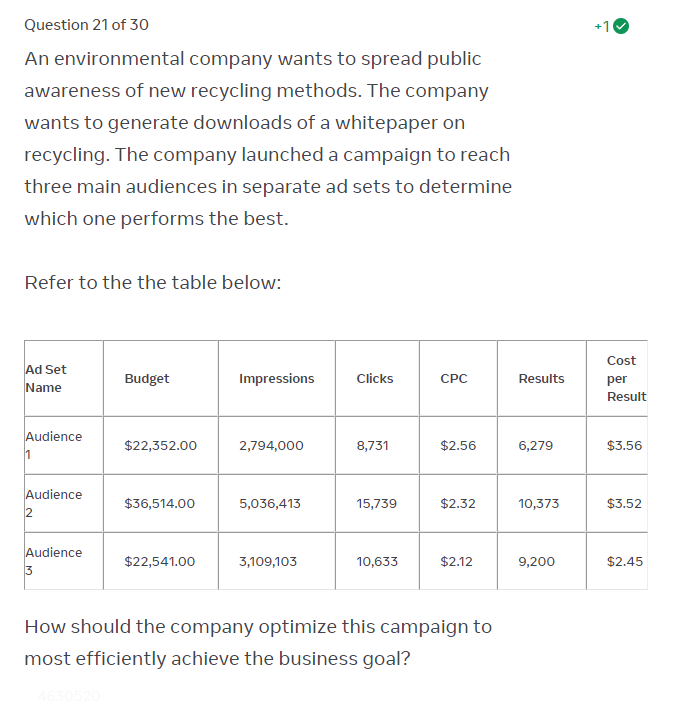
Pearson VUE has a built-in calculator and a whiteboard.
Although the calculator is very basic, it can help you calculate CPAs or ROAS so you can correctly answer the test questions.
We can only hope that one day, Pearson VUE can implement a version of Excel so that we can calculate things even more quickly.
Conclusion: Be proud, not arrogant
Passing a Blueprint certification exam is an achievement and you should feel proud.
Go ahead and share it on your Credly and LinkedIn profile as soon as you get that badge!
However, the Blueprint badge is not what makes you a great professional.
Hard work and the ability to listen and learn from others will prove to be far more valuable for your career.
